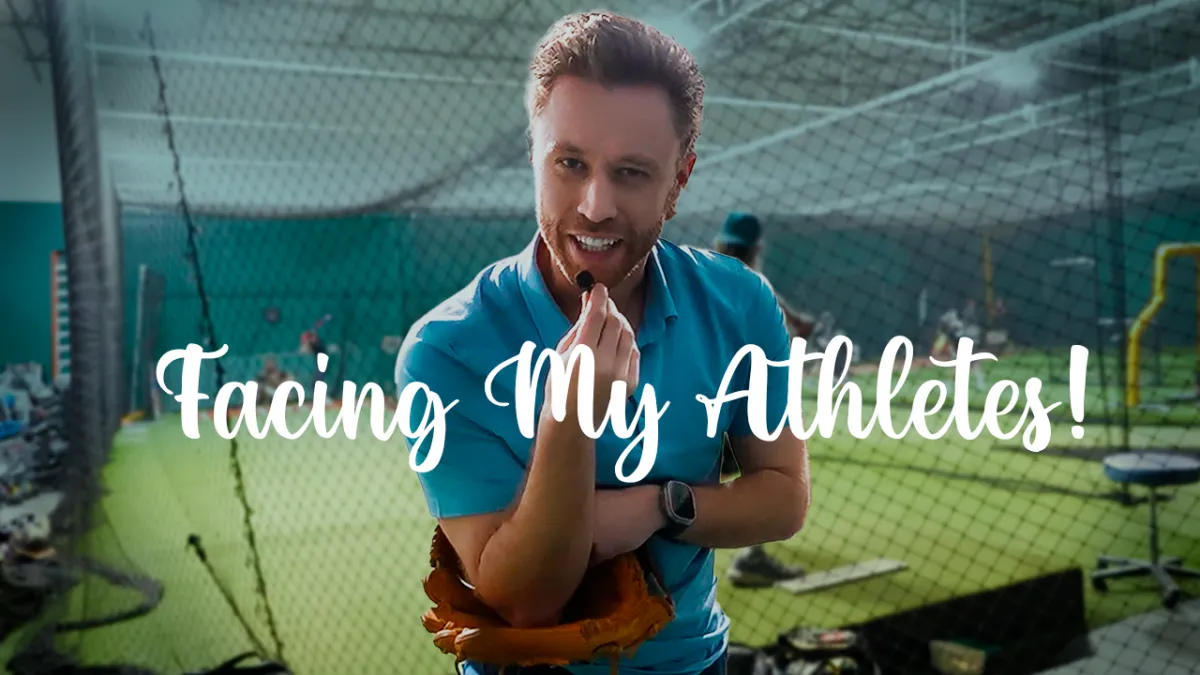
A Day in the Life of a Physical Therapist for Baseball Players
What does a day in the life of a physical therapist really look like?
If you’re an athlete, parent, or even another coach, you’ve probably wondered what goes on in the daily schedule of a sports PT. Do we just hand out bands and say “stretch this”? Or is there more behind the scenes?
As a Doctor of Physical Therapy specializing in baseball rehab and performance, I want to give you the inside look. From early mornings to late nights, I’ll break down what I do to keep athletes healthy, help them recover from injury, and guide them to throw harder without pain.
By the end, you’ll understand what a day in the life of a physical therapist really looks like—and maybe even how it could apply to your own journey.
Morning routine before the clinic
My day usually starts early. On this day, I was up at 6:00 AM to surf with my roommate and business partner. That’s my way of moving first thing in the morning—plus it’s hard to beat the ocean for a warm-up.
After surfing, I posted a new video and launched a free resource: my 7-Day Throwing Program. It’s a simple email series with warm-ups, recovery routines, and education for baseball players who want to keep their arm healthy.
Before heading to the clinic, I checked in on one of my online clients. We planned a follow-up to monitor his progress in two weeks.
Afternoon sessions with baseball athletes
By the afternoon, the workday is in full swing.
2:00 PM: Senior high school pitcher with tricep pain. We worked through assessment and treatment to keep him on track for showcases.
3:00 PM: Online collaboration with a young athlete in New Mexico rehabbing from Little League shoulder. I coordinated with his local PT so we could blend in-person and online care.
4:00 PM: Elite 12-year-old throwing 75+ mph. Our focus wasn’t just velocity—it was teaching him mechanics that will hold up in high school, college, and beyond.
Evening rehab and training
The evening stacked up with more variety:
5:00 PM: Evaluation for a softball player with a disc bulge in her lower back. The key was figuring out whether she needed more mobility or more stability.
6:00 PM: Bullpen session for a pitcher finishing his throwing program. We tested mechanics, velocity, and accuracy to get a baseline before ramping up.
7:00 PM: Soccer athlete returning from ACL surgery. We progressed his jumping and cutting work to build confidence and power.
Last session: College pitcher with post-throwing arm care needs. We ran assessments, provided treatment, and built him a recovery plan.
Why every case starts with assessment
One theme stays the same: I never just “treat.” Every athlete begins with an assessment—whether it’s range of motion, strength testing, mechanics review, or force-plate data. That way, we know what’s really happening before choosing the best intervention.
This is why a day in the life of a physical therapist looks like constant problem-solving. Each athlete walks in with a different story, and my job is to meet them where they are.
So, what does a day in the life of a physical therapist really look like? It’s a mix of early mornings, packed afternoons, and a wide range of athletes—from 12-year-olds throwing gas to college players fighting through injuries.
When you reflect on it, the common thread is assessment and individualization. No two cases are the same, and no two days are the same either.
That’s exactly why athletes come to me: I specialize in baseball rehab and performance, blending clinical expertise with real-world throwing and training.
If you want to see what this looks like for your own arm health, start by watching this video and book a call with me today https://healthyperformancesystem.com/learn-more. It’s a simple way to find out what you need in a 1-on-1 interaction.
